10 must-see places that shaped English history

Put a pin in a map of England and you’ll likely pierce a world-class place for a day out. Be it Stonehenge or the Angel of the North, we’re blessed with some fascinating sites that tell the story of a nation’s innovation, creativity and passion.
Last year, to celebrate this rich history, Historic England launched a campaign, Irreplaceable: A History of England in 100 Places, asking members of the public to nominate their favourite remarkable locations.
Nominations flooded in, from the familiar to the esoteric. Whittling down the public’s list to a tight 100 were expert judges including Professor Robert Winston, Professor Bettany Hughes, George Clarke, David Olusoga, Baroness Tanni Grey Thompson and Dame Mary Beard.
The result is a gloriously illuminating book that Prof Hughes hopes will encourage readers to have a dynamic relationship with the places, getting them out on family trips and days out. “Wouldn’t it be brilliant if it sat in the glove compartment of people’s cars, ready to be used?” she says.
Categories range from Music and Literature, through Science and Discovery to Power, Protest and Progress. Prof Hughes was the judge for the Leisure and Tourism category and was reminded fondly of the bucket-and-spade holidays of her childhood. “My parents were both actors and summers would be spent with my father performing in end-of-the-pier shows,” she says. “There’s something magical about the fact we still enjoy stepping across those wooden planks today.” Clevedon Pier and Dreamland Margate made her cut, along with Helvellyn and the Pump Room in Bath.
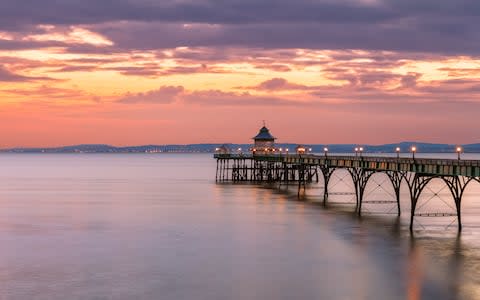
Architect and broadcaster George Clarke had final pick of the Homes and Gardens category, and aimed to capture the grandest and the quirkiest that England had to offer; from Windsor Castle to post-war prefabricated bungalows on Wake Green Road, Birmingham. Of the latter, he says: “I didn’t know about the prefab bungalows until I was given the list and within a millisecond I knew I needed to see them.”
It’s not only what they tell us about our past, but also our present that excites Clarke. “Lots of these places and buildings have seen their uses change multiple times. Some have had a grander past than they have today, and some will have a grander future,” he says.
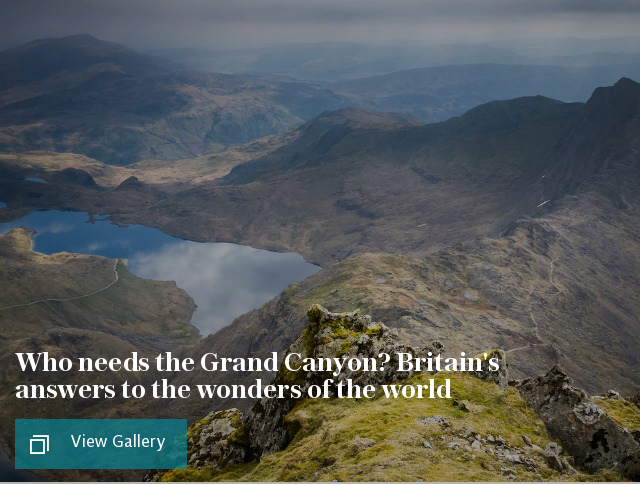
Clarke wants us to be proud of our history in England. “We’re good at history. It’s why we’re invaded by tourists from all over the world.”
Whether your favourite place is missing or you discover a new treasure, hopefully Historic England’s list will inspire you to get outside and to engage with our rich and varied history. As Prof Hughes says: “It’s about taking a moment to pause and appreciate the stories around you.”
A History of England in 100 Places by Philip Wilkinson is published by Historic England (RRP £20). To order your copy for £16.99 plus p&p, call 0844 871 1514 or visit books.telegraph.co.uk
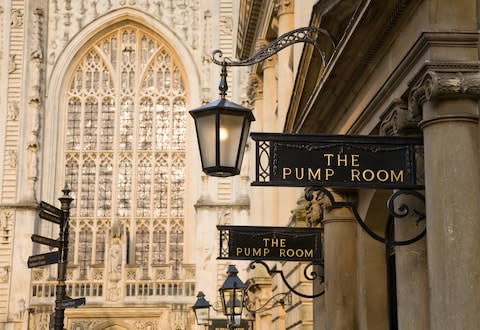
1. Jodrell Bank Observatory, Macclesfield, Cheshire
This huge radio telescope dish has played a pioneering role in the history of radio astronomy, enabling astronomers to carry out important research on meteors, quasars, pulsars, and other phenomena. The site became world-famous for its work in tracking early space probes, such as the Soviet Sputnik 1, and continues to play a role at the cutting edge of astronomical research. Much of the original structure and design remains.
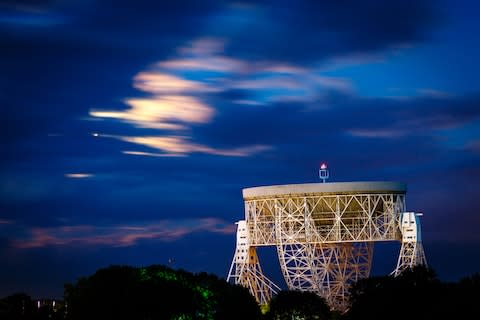
2. Water pump, Broadwick Street, London W1
It is a modest monument: a pavement water pump without a handle. But it held the secret of one of the most deadly diseases of the 19th century – cholera. The man who unlocked the mystery was physician John Snow, a founder member of the Epidemiological Society of London.
Snow was sceptical about the theory of “miasma”, which held that disease was borne by particles in the air. When cholera broke out in Soho in 1854, he discovered that the victims all drew water from a pump in Broad Street (now Broadwick Street). Snow was convinced that the water from Broad Street was causing the disease. He went to see the local council, and persuaded them to make the pump inactive by removing the handle. When they did this, new cholera cases declined and the epidemic died out. A pub on the street corner now bears Snow’s name.
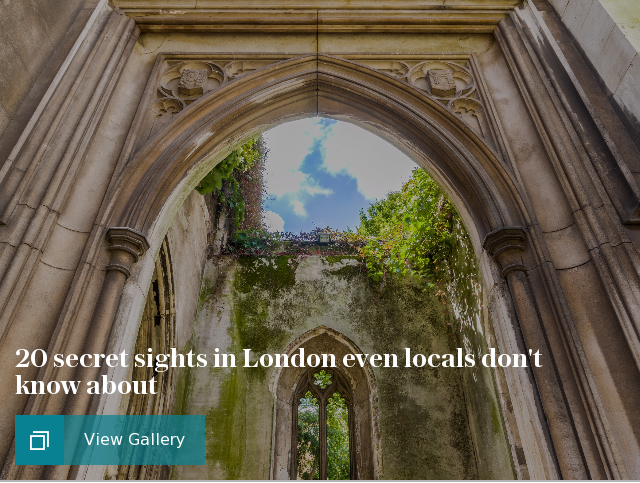
3. Ye Olde Trip to Jerusalem, Nottingham
No one knows which is the oldest pub in England – several claim to be. One of the best-known of these is Nottingham’s Ye Olde Trip to Jerusalem, which is said to have been founded in 1189. There is no documentary evidence for this date, but if the pub’s date is legendary, the building is certainly very old and built into the crag below Nottingham Castle, with walls and ceilings of bare rock.
The small, white-walled building hunkered against the rock is eye-catching from outside, but with its succession of small, irregularly shaped rooms, some with cavelike walls and ceilings, it is unlike any other pub. The date 1189 marks the beginning of the Third Crusade, when forces from across Europe set out to conquer the Holy Land. The inn may have been used as a stopping point for men on their way to fight overseas. Pilgrims to Jerusalem may also have taken a break there in more peaceful times.
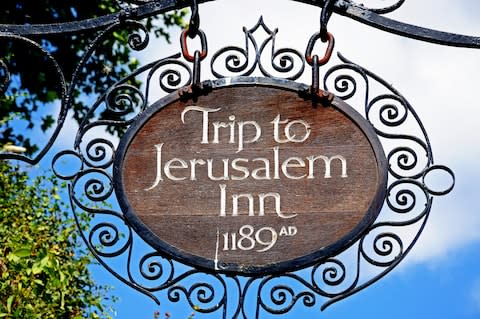
4. Dreamland Margate, Kent
At the oldest surviving amusement park in Britain, visitors still can enjoy a range of old-fashioned attractions. Dreamland’s story began in the 19th century, when visitors started to flock to the seaside on the newly built railways. In 1919, John Henry Iles, who owned the park, invested £500,000 (roughly equivalent to £15 million today) in the Scenic Railway, Britain’s first roller coaster. It was an instant hit. In 1935, an art deco cinema was added and, in the Sixties, Dreamland became one of the biggest music venues outside London, hosting bands such as The Rolling Stones and The Who.
Decline set in at the end of the 20th century, resulting in the park’s closure and a devastating fire. But Dreamland has risen from the ashes. A preservation campaign and major investment has brought the place to life once more. The park now shows off a collection of historic rides and modern attractions, from live entertainment to street food and art installations.

5. Port Sunlight, Wirral, Merseyside
In the 19th century, most industrial workers lived in cramped, often insanitary, houses. Wealthy soap manufacturer William Hesketh Lever wanted to change this. In the late 1880s, he decided to move his base from Warrington, Cheshire, to a new site south of the Mersey, which he named Port Sunlight, after his leading brand.
The move gave him the opportunity to provide attractive housing in for his workers in a green setting. There would be proper sanitation, plenty of open space, a hospital, schools, an open-air swimming pool and even an art gallery. The houses were laid out on one side of the road only, so everyone had a view of grass or trees opposite.
Nationally known architects such as Sir Edwin Lutyens contributed designs. The result was totally different from the dull, repetitive and unhealthy terraces that were common in Britain’s industrial towns.
6. Osborne House, Isle of Wight
Osborne House is not a palace or a castle, but a family house, built as much for privacy and relaxation as for grand ceremonial occasions. Its history as a royal home began in the 1840s, when Queen Victoria and Prince Albert were looking for a residence by the sea where their growing young family could escape from the pressures of court life. The prime minister, Sir Robert Peel, told them that Osborne House on the Isle of Wight was available.
When the Prince looked at the house, he realised that it would need to be expanded to meet the demands of a royal couple with a large family and household. Rather than employ an architect in the usual way, he consulted the builder Thomas Cubitt, who had developed the Westminster estate in London, for advice. The Prince and Cubitt decided to demolish the old house and start again, jointly designing a striking new building in the Italian Renaissance revival style that had emerged. It proved very influential; many quite modest houses were built with stucco façades, round-headed windows, and even towers, in imitation of Osborne.
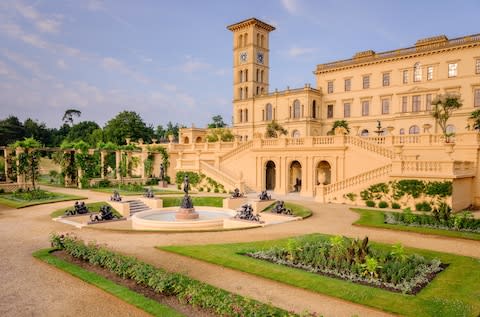
7. Saltdean Lido, Brighton
In the Twenties, swimming became increasingly popular as a pastime. More and more people headed to the seaside to swim, often to find that the tide was far out, and on some days the authorities declared the sea “too rough” for bathing. The solution was purpose-built pools or lidos. In the Thirties, several were built in a style that mixed art deco and modernism, with white walls, flat roofs and plain metal banister rails like those on a ship.
Saltdean is one of the best examples. Designed by Richard Jones, it was built in 1937-38. Its relatively small size meant it did not struggle to attract enough swimmers to pay its way, unlike some pools. However, its success did not last long. After closure during the Second World War, the site was mothballed and its condition gradually deteriorated. A major restoration was completed in June 2017, and Saltdean Lido is appreciated now as much as it was when it opened: a beacon of modernity and a temple to health.

8. The Mall, London
Today, The Mall is one of London’s best-known streets, but its origins were humble: it began as a field for the game of pall-mall, which was played with a wooden ball and a mallet, rather like croquet but in a long “alley” with a single hoop at one end.
The Mall took its present form at the beginning of the 20th century, when it was transformed into a processional route linking Buckingham Palace with Trafalgar Square (and thus also with Whitehall and the Houses of Parliament). The route was enhanced by the Victoria Memorial in front of the palace. The Admiralty Arch at the other end of the Mall was part of the development masterminded by architect Aston Webb, who also created a new facade for Buckingham Palace.
In 1994, The Mall found its new role, as the finishing post for the annual London Marathon.
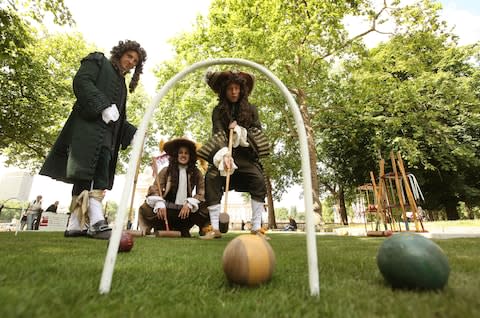
9. Chetham’s Library, Manchester
Humphrey Chetham (1580-1653), a successful merchant who made a fortune selling cloth, wanted to give the poor of Manchester a chance to lift themselves out of poverty and became one of the period’s educational pioneers, leaving money in his will to provide a school for poor boys and a library. The library was to be freely open to the public and the librarian should “require nothing of any man that cometh into the library”. The medieval buildings of Chetham’s Library and School are the best-preserved medieval college buildings in Britain.
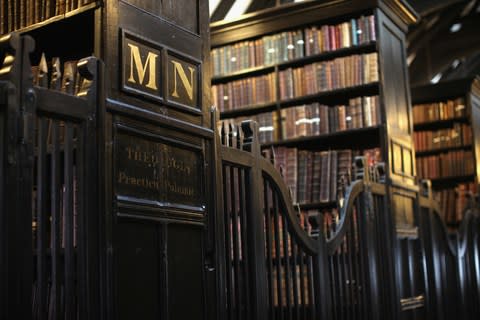
10. Jane Austen’s House, Chawton, Hampshire
Most of Jane Austen’s completed novels were written in the last eight years of her life, when she was living at Chawton, Hampshire, where her house is now preserved as a museum. It is a moving memorial not only to the writer herself, but also to the way of life she chronicled so precisely. It contains furniture and possessions from the family, including the table at which Austen often wrote.

